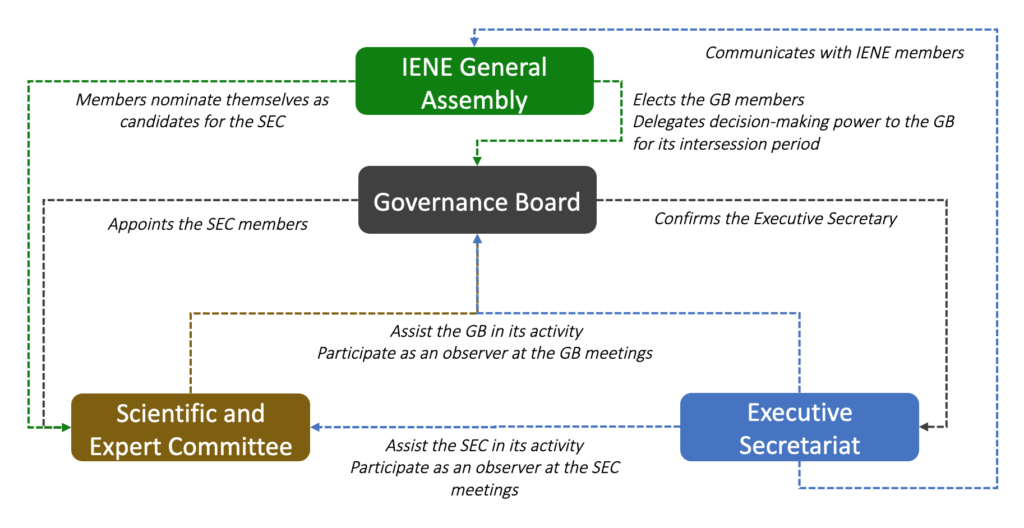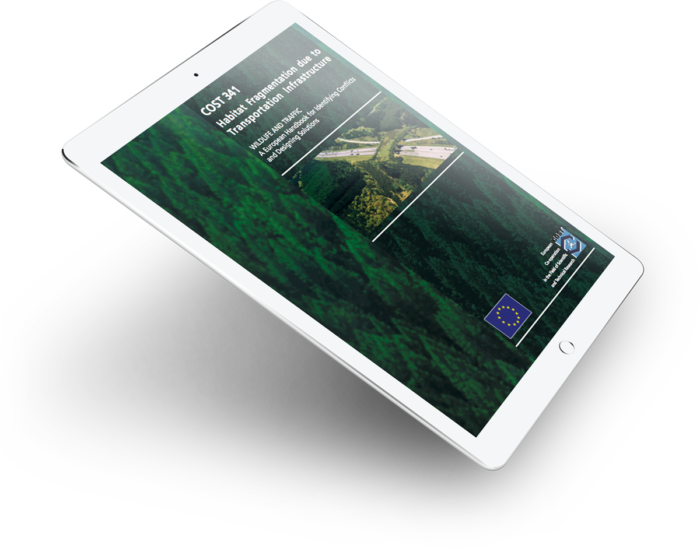IENE (Infrastructure Ecology Network Europe) was set up in 1996. Its mission is to promote the exchange of knowledge, experience and best practice in safe and sustainable pan-European transport infrastructure. This independent network has more than 400 members consisting of researchers, engineers, decision makers and infrastructure operators. IENE functions as an international and interdisciplinary forum. It supports cross-border cooperation in research, mitigation, planning, design, construction and maintenance in the field of biodiversity and transport infrastructure.
Every two years, IENE organises an international conference to present cutting-edge research, identify pressing issues and problems, discuss effective solutions and map out future activities in transport ecology and infrastructure. Additionally, IENE organizes working groups on topics defined by members, such as the Safer Railways for Wildlife Working Group, which aims to enhance stakeholder collaboration to find cost-effective solutions for improving railway safety for wildlife.
Furthermore, IENE arranges scientific and technical workshops, such as the Technical Workshop on “Challenges & Opportunities for the Conservation of Reptiles and Large Carnivores during Linear Infrastructure Development in Southeast Europe: A Case Study for the Kresna Area.” These workshops aim to address critical intersections of major European transport routes with ecologically significant areas, promoting sustainable development practices while conserving biodiversity.
Knowledge Exchange and Resources:
To keep the exchange of knowledge going between conferences, workshops, and working groups, these discussions discussions contribute to the development of the “Biodiversity & Infrastructure: a handbook for action”. Produced in collaboration with IENE as part of the Horizon 2020 BISON project, this online handbook, based upon the pioneer ‘Wildlife and Traffic’, aims to integrate biodiversity considerations into the planning, design, and operation of transport infrastructure
The knowledge gathered by IENE is also intended to help the private and semi-public sector. By launching the Transport4nature initiative at the IUCN Congress in September 2021, IENE is inviting transport companies operating at the European level to make commitments to biodiversity. This initiative is accompanied by the work of the IENE Scientific and Expert Committee, and builds on the wide knowledge accumulated in the community for several decades.
At a time when many States are investing massively in infrastructure to stimulate the economy and job creation, the knowledge provided by the IENE network is more than ever essential to put in place sustainable solutions and prevent infrastructure from causing natural and climatic damage that could last for decades and lead to points of no return.

Though IENE has been a network of experts on the thematic of infrastructure and biodiversity since 1996, it became a legal entity in 2021, founded by the SwedishTransport Administration (Trafiverket), the French Ministry for the Environment (Ministère de la Transition écologique) and the Dutch Ministry for Infrastructure (Rijkswaterstaat)
.
IENE founding documents are the Associations’ statutes and its internal rules of procedures. Both documents can be consulted below. When you become a member of IENE you have to read and accept the statutes and internal rules of procedures.
